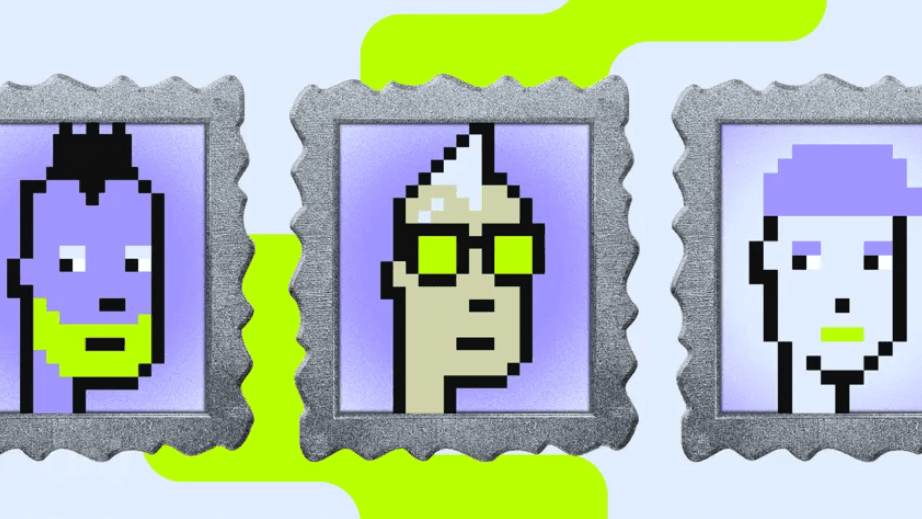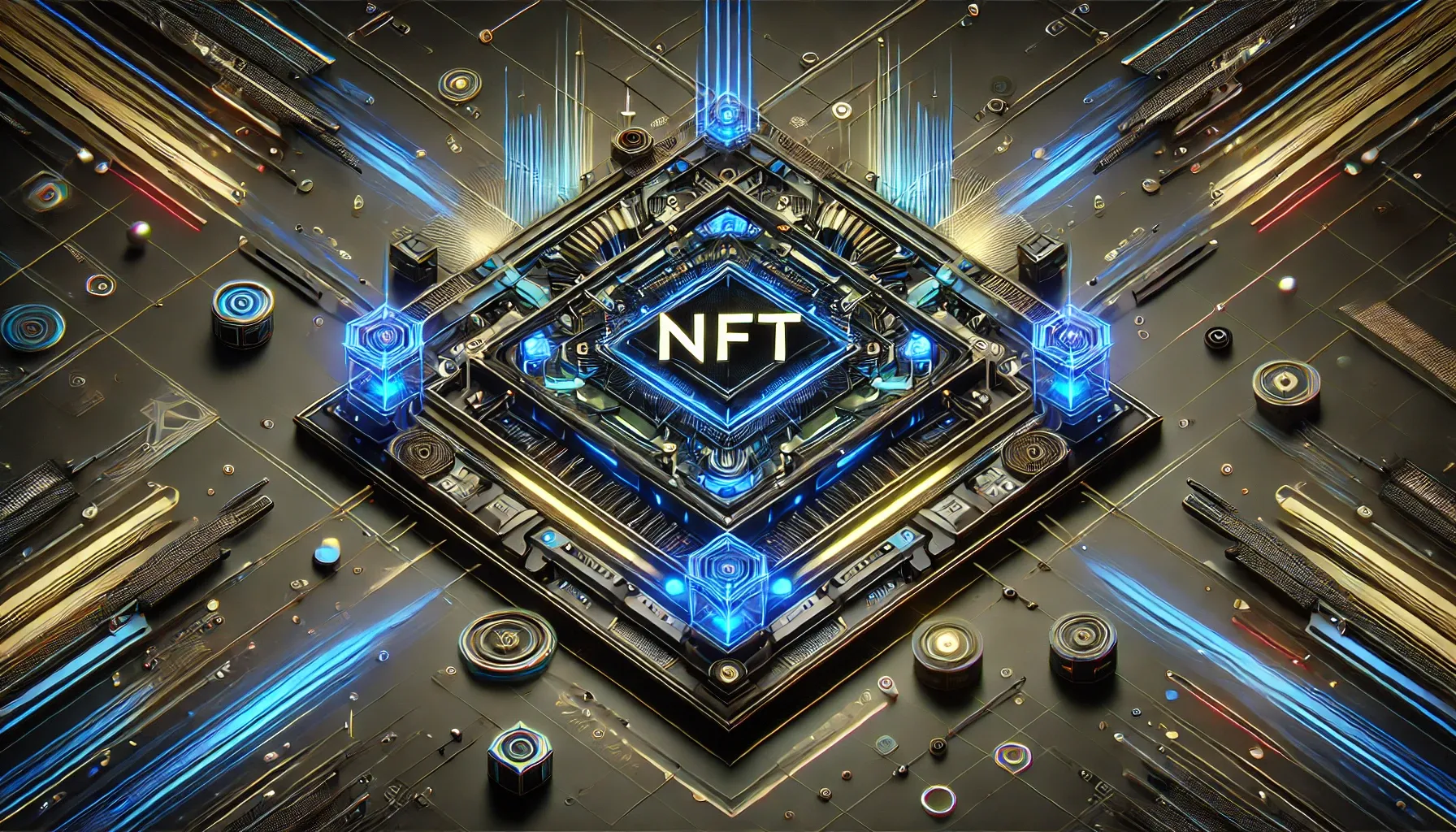You’ve probably heard the term NFT being thrown around in conversations, on social media, or even in the news. Some say it’s the future of art and digital ownership, while others are skeptical, wondering if it’s just a passing trend. But what exactly are NFTs, and why should you care about them?
In this article, we’re going to break down what NFTs are in simple terms, explain how they work, and why they’ve become such a hot topic in 2024. By the end, you’ll not only understand NFTs but also be able to decide whether they are here to stay or just a fad.
What Are NFTs? A Simple Explanation
NFT stands for Non-Fungible Token, but let’s break that down so it makes sense.
Fungibility: What Does It Mean?
To understand what an NFT is, you first need to know what fungible means. If something is fungible, it means that it can be replaced by something identical. For example, a dollar bill is fungible—you can swap it for another dollar bill, and they’ll both have the same value. The same applies to cryptocurrencies like Bitcoin or Ethereum. One Bitcoin is always equal to another Bitcoin.
Non-fungible means the opposite: something unique that cannot be replaced by anything else. Think about a piece of art like the Mona Lisa. There’s only one original Mona Lisa, and no other painting can replace it. The same concept applies to NFTs—they represent ownership of something unique in the digital world.

So, What Makes an NFT?
An NFT is essentially a digital certificate stored on a blockchain (more on that later) that proves ownership of a specific item. This item could be a piece of digital art, a song, a video, or even a virtual plot of land. Because it’s on the blockchain, everyone can see who owns it, and it’s almost impossible to forge or duplicate.
How Do NFTs Work?
Now that we know what an NFT is, let’s talk about how they actually work.
NFTs and the Blockchain
NFTs are built on blockchain technology, the same system that powers cryptocurrencies like Bitcoin and Ethereum. The blockchain is like a giant digital ledger where transactions are recorded in a transparent and secure way. Once something is added to the blockchain, it can’t be changed or deleted.
NFTs are most commonly created on the Ethereum blockchain, although other blockchains like Solana and Binance Smart Chain are starting to support NFTs as well. The blockchain ensures that each NFT is unique, and it tracks who owns it.
Creating an NFT (Minting)
When someone makes an NFT, this process is called minting. Minting an NFT involves uploading a digital file (artwork, music, etc.) to the blockchain and creating a token that represents ownership of that file. The person who mints the NFT can decide how many copies exist (in most cases, only one), and that scarcity can make the NFT valuable.
Find out more about how an NFT works.
Buying and Selling NFTs
NFTs are bought and sold on special marketplaces like OpenSea, Rarible, and SuperRare. Think of these platforms as digital art galleries or auction houses. You can browse through different NFTs, see how much they cost (usually priced in cryptocurrency like Ethereum), and buy one if you’re interested.
Once you buy an NFT, it’s stored in your digital wallet, a secure place where you keep cryptocurrencies and digital assets. You can sell your NFT later, hold onto it as a collectible, or even display it in virtual worlds like Decentraland.
Why Are NFTs So Popular?
NFTs exploded in popularity in 2021 when digital artist Beeple sold an NFT artwork for $69 million at a Christie’s auction. Since then, celebrities, artists, and even brands have jumped on the NFT bandwagon, creating everything from music albums to sports highlights as NFTs.
But what’s driving this craze?
1. Digital Ownership
For the first time, NFTs give people the ability to truly own digital assets. Before NFTs, owning something on the internet was tricky—copying and sharing files was too easy. NFTs solve this problem by providing proof of ownership. If you own an NFT, everyone can verify that it’s yours, and no one can take that away from you.
2. Scarcity and Value
Just like a limited-edition print or a rare trading card, NFTs gain value from their scarcity. If there’s only one NFT of a particular digital artwork, that scarcity can make it extremely valuable, especially if the artist becomes famous. People are willing to pay large sums of money for NFTs because they see them as a form of investment, like collecting fine art.
3. Community and Exclusivity
NFTs often come with perks beyond just owning the digital item. Some NFTs grant access to exclusive communities, events, or even one-on-one interactions with the creators. This sense of exclusivity creates a strong bond between the artist and the NFT holder.
4. New Ways for Creators to Earn
NFTs have opened up new revenue streams for artists, musicians, and content creators. In the past, digital creators struggled to make money from their work due to rampant copying and sharing online. Now, with NFTs, creators can sell their digital art directly to buyers and even earn royalties every time the NFT is resold.
Are NFTs Here to Stay?
Now, here comes the big question: Are NFTs just a fad, or are they here for the long haul?
The Case for NFTs Staying
There are several reasons why NFTs might be here to stay:
1. Blockchain Technology Isn’t Going Anywhere: Blockchain is already transforming industries like finance, real estate, and gaming. NFTs are just another application of this technology. As more people understand and adopt blockchain, the use of NFTs will likely increase.
2. The Rise of the Metaverse: Virtual worlds, or the metaverse, are becoming more popular. People are spending real money on virtual land, virtual clothing, and virtual art. In these digital spaces, NFTs are used to prove ownership of virtual assets, making them essential to the future of the metaverse.
3. Mainstream Adoption: Big brands like Nike, Adidas, and Coca-Cola are experimenting with NFTs, creating unique digital items for their fans. This shows that NFTs aren’t just a niche interest—they’re gaining traction in the mainstream.
4. Innovative Use Cases: Beyond art and collectibles, NFTs are being used in new and exciting ways. For example, NFT tickets for concerts or sports events could prevent ticket fraud, while NFT certificates could prove ownership of real-world items like cars or property.
The Challenges NFTs Face
That said, there are still challenges NFTs need to overcome:
1. Environmental Impact: Most NFTs are created on the Ethereum blockchain, which uses a lot of energy. This has led to concerns about the environmental impact of NFTs. However, Ethereum is transitioning to a more energy-efficient system called Ethereum 2.0, which could help solve this problem.
2. Speculation and Market Volatility: The value of NFTs can be highly volatile. Some people are concerned that the NFT market is driven by speculation, with buyers hoping to sell their NFTs for a profit later. This can lead to a boom-and-bust cycle, where prices skyrocket and then crash.
3. Regulation and Legal Issues: The NFT space is still new, and governments are starting to take notice. As regulations catch up with the technology, we could see changes in how NFTs are bought, sold, and taxed.
How to Get Started with NFTs as a Beginner
If you’re new to the world of NFTs and want to get involved, here are a few simple steps to get started.
1. Learn the Basics
Before jumping in, take the time to understand how blockchain and cryptocurrencies work. Since most NFTs are bought with Ethereum, you’ll need to know how to set up a digital wallet and buy some crypto.
2. Choose a Marketplace
There are several NFT marketplaces, but some of the most popular ones include OpenSea, Rarible, and SuperRare. Browse these platforms to get a sense of what’s out there and see what kind of NFTs interest you.
3. Buy Your First NFT
Once you’ve found an NFT you want to buy, you’ll need to connect your digital wallet to the marketplace and place a bid or pay the listed price. Remember, the value of NFTs can be highly volatile, so only invest what you’re willing to lose.
4. Consider Creating Your Own NFTs
If you’re a digital artist, musician, or content creator, NFTs offer an exciting new way to share and sell your work. Minting an NFT is relatively simple, and some platforms offer step-by-step guides on how to get started.
Conclusion
NFTs have taken the world by storm, and whether you see them as a revolutionary way to own digital assets or just another internet craze, there’s no denying their impact. They represent a new form of digital ownership, create opportunities for artists, and even offer potential for new use cases in industries like gaming, fashion, and entertainment.
While there are challenges ahead, the growth of blockchain technology and the increasing interest in the metaverse suggest that NFTs are not just a passing trend. As the world continues to shift towards digital spaces, NFTs could play a major role in how we value and interact with digital content.
So, are NFTs here to stay? It looks like they just might be.
